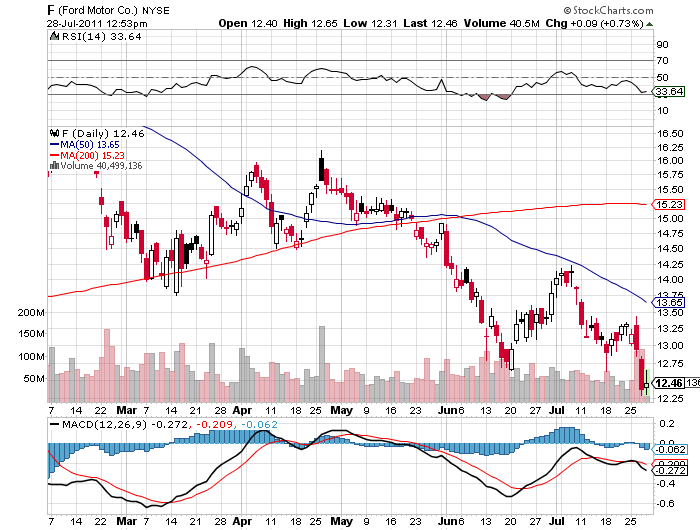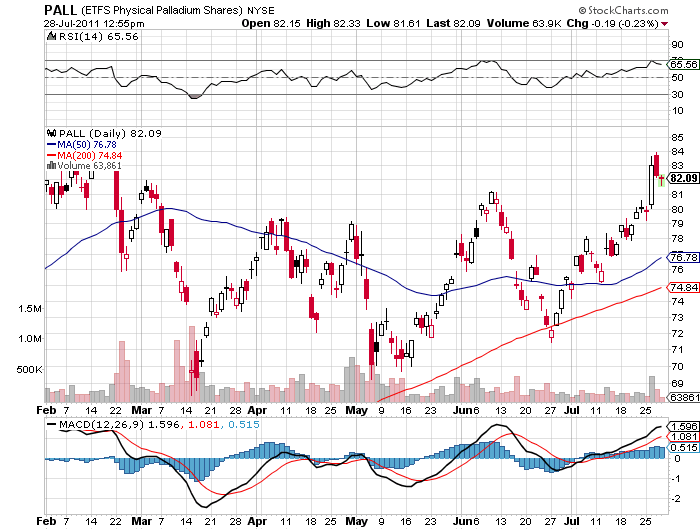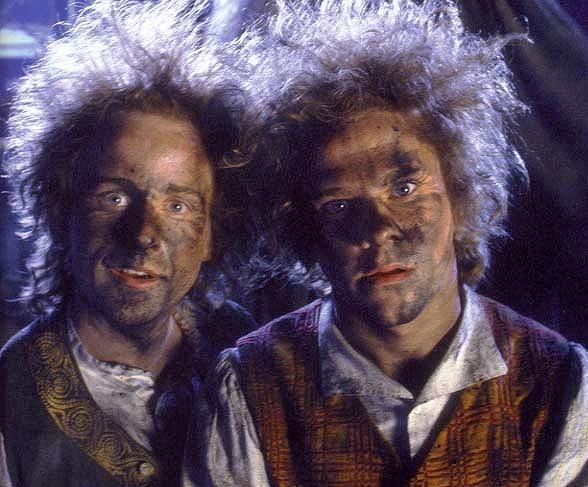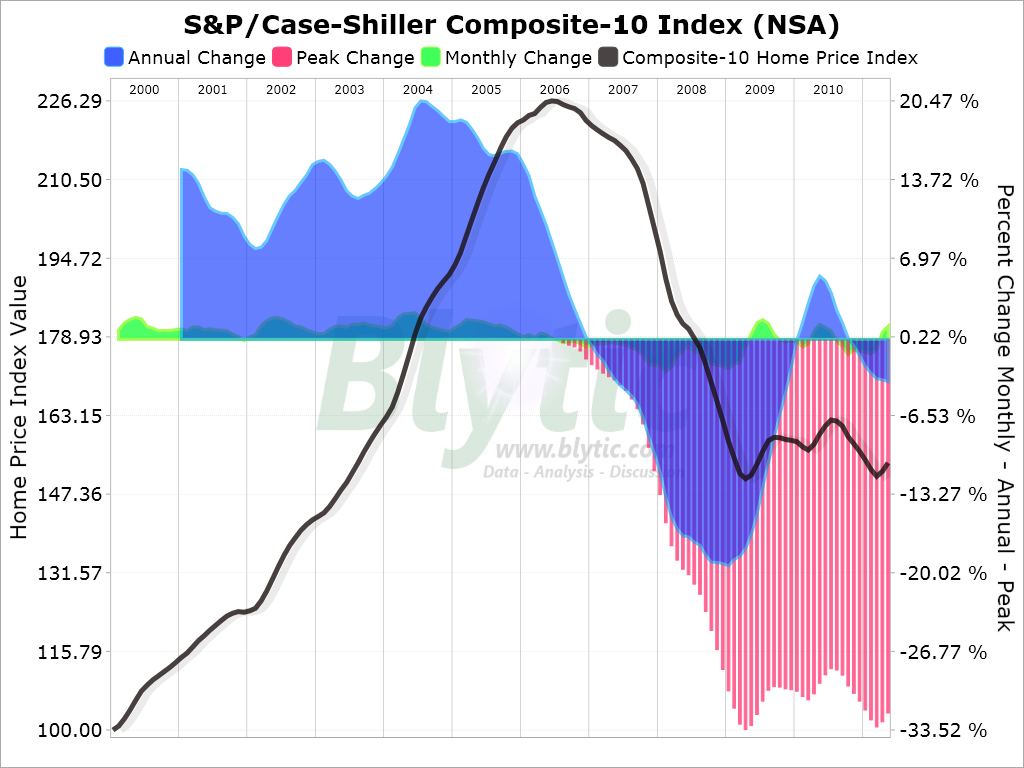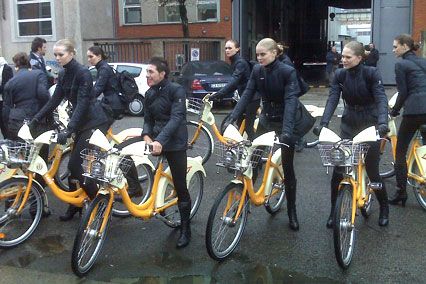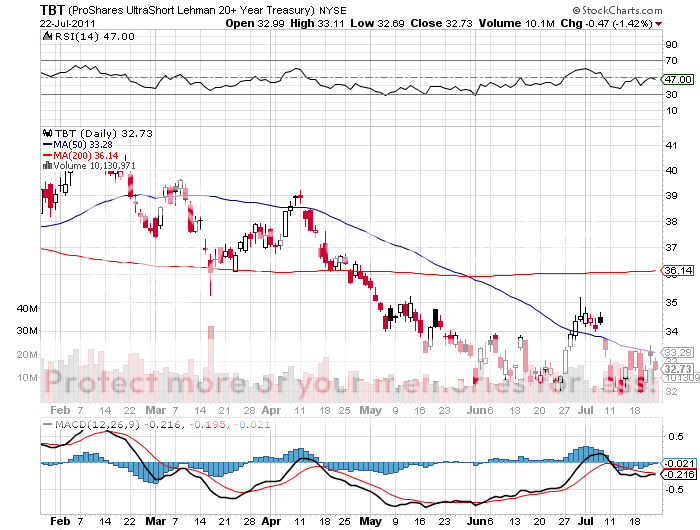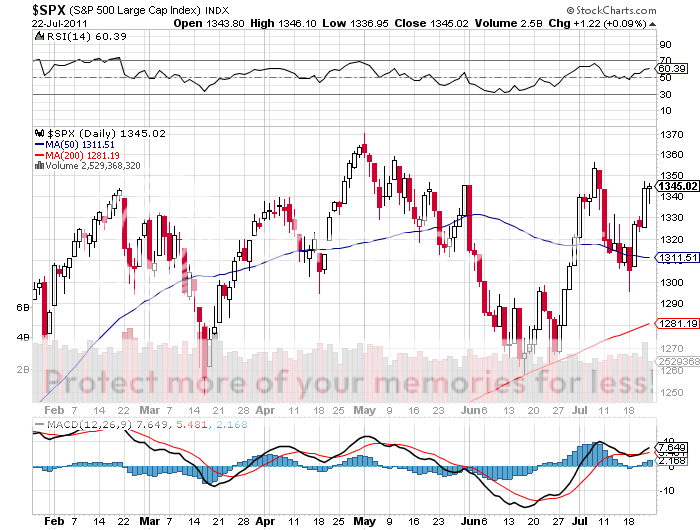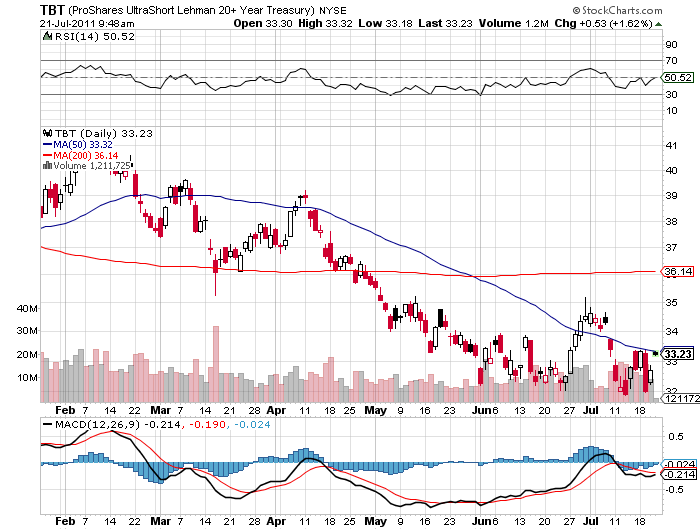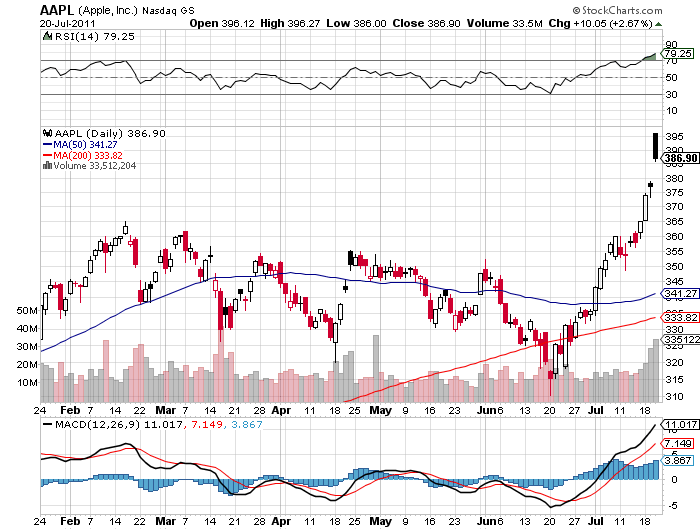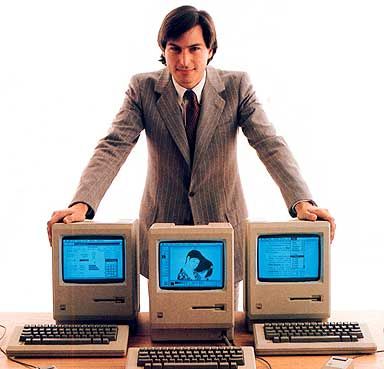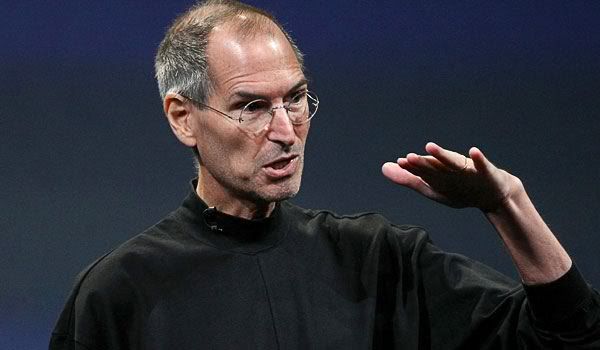
SPECIAL AUTOMOTIVE ISSUE
Featured Trades:
(WHAT FORD IS TELLING US ABOUT PLATINUM AND PALLADIUM),
(F), (TTM), (PPLT), (PALL)
1) What Ford is Telling Us About Platinum and Palladium. Well done to Ford (F), which announced great earnings for Q2, leaving its close call with the junkyard a few years ago well in the rear view mirror. The shocker was in the revenues, which leapt $4 billion to $35 billion.
The big movers here were not in the stock of Henry Ford's legacy, but in the semiprecious metals of platinum (PPLT) and palladium (PALL), up 9% and 18% respectively in the past month. These are key components in the catalytic converters that must go into every American made car.
The US car market is rebounding off an annualized rate of 9.5 million units at the 2009 bottom, could reach 13 million units this year, and may rise as high as 15 million units by 2015. This soaring demand promises to keep these white metals on the boil for years to come.
Metals prices generally have benefited from recent strikes in Chile and South Africa. Any gold miner will now tell you that his biggest headache is the rapidly rising cost of production, from labor to the cost of heavy industrial tires.
Ford made another interesting announcement. It is investing $1 billion to build low end cars at a new plant in India. One of my old mentors, Carl Van Horn, chief investment officer at JP Morgan, taught me to always watch direct investment, and the stocks will follow. If Ford is making the right call here, then you have to like Tata Motors (TTM), India's largest car manufacturer, whose stock has recently seen a big selloff on inflation fears.
-
-
-
-
Is This the Future?
-
Or This?
Featured Trades: (WELCOME TO THE FUNNY FARM), (SPX)
1) Welcome to the Funny Farm. I promised you a roller coaster for the financial markets this week, and that is exactly what we are getting. The on again/off again talks and the finger pointing that follows seems to be generating round lot moves of 30 points in the S&P 500. The high frequency trading algorithms are running wild.
Keep in mind that what the republicans in the House of Representatives are trying to pull off here nothing less than a Coup '?d Etat. Their machinations are a blatant attempt to expand the power of the House while they command a majority. The debt ceiling has never before been used in this way.
They have taking a normal housekeeping matter and to turn it into a political weapon. Now that they have set the precedent, you can expect the democrats to behave just as badly next time they are in the driver's seat, making all our lives permanently miserable.
I have traded markets like this before, and there is only one way to do it. Close your eyes and stop thinking. Become a robot yourself. If the market is up big, sell it. If it is down big, buy it. It is impossible to predict how the next headline will read. Stocks are really operating independent of the though process. Try an analyze this, and it will just blow up in your face.
Using this twisted, but functional logic, the thing to do after a 50 point sell off in three days is to buy. Just write the damn ticket. If you are mercifully mostly in cash, as I am, then you have plenty of dry powder to do this with. If you don't, you're screwed.
-
Oops, There Goes My Position
Featured Trades: (HOME PRICES STILL DEAD IN THE WATER)
2) Home Prices Still Dead in the Water. Case Shiller released their national home price index for May yesterday, allowing beleaguered real estate agents to let out some feeble, halfhearted cheers. The data showed that prices did not go down last month and are even rising modestly in a few markets, bouncing along some sort interim bottom. The ten market index is up 1.13% since April, while the 20 market index crawled up 1.02%.
Professionals ascribe the modest increases to seasonal strength concurrent with the spring buying season. It is important to note that all of the new housing starts are for multifamily dwellings (apartment buildings), the sector that caters to new, bottom end purchasing families and immigrants.
The declines from the peak on a city by city basis are truly impressive, with the negative equity states well represented. They include Las Vegas (-59.28%), Phoenix (-55.85%), Detroit (51.19%), Miami (-50.65%). And Tampa (-47.46%).
I don't want to cause any of you homeowners out there to lose sleep, but I think that this is simple a calm before the next storm. This is the best that residential real estate can do, despite record low interest rates, massive state and federal subsidies, and affordability at a 30 year high.
What happens next? Another recession hits, the few private lenders out there withdraw from the market, Fannie Mae and Freddie Mac disappear, forcing home loan interest rates up,? desperate baby boomers cut prices further to reclaim what little equity they have left, and prices drop another 25%. Would I buy a house here? Not on pain of death.
-
Doesn't Look Like a Buy to Me
Featured Trades: (REPORT FROM EUROPE, PART IV)
3) Report From Europe, Part IV. Milan, Italy appears to be a city entirely populated by fashion models riding bicycles on the city's frenetic streets. That is one's first impression coming out of the monolithic Milano Centrale train station, built by Mussolini to reaffirm faith in his state. Despite years of allied bombing during WWII, the building is as imposing as the day it was built.
You Think It's Easy Fitting into a Size 0?
-
I came to this medieval city to speak at another strategy luncheon, which was attended by readers from throughout Europe, from the surgeon hailing from Trondheim, Norway, to the Hungarian hedge fund manager. The Westin Hotel provided a spectacular lunch, as only the Italians can.
Much of the conversation revolved around the Euro, which everyone in the room to a man believed was grotesquely overvalued, given the continent's economic outlook. Still, as long as the European central bank pursues its mindless policy of raising interest rates to control commodity driven inflation, it will remain firm.
We discussed various breakup scenarios for the EC which come into vogue every time Greek debt gets downgraded, which is often. This is unlikely, given the modern European's dislike for open conflict. Bring nationalism into the equation, and things could deteriorate quickly. Germany could bail, unwilling to refinance the debt of lazy, tax avoiding, garlic eaters. Southern Europe could do a disappearing act, unwilling to pay their debts to the sauerkraut eaters up North.
Yes, I Can Be Bribed
-
In either case, the European currency bloc shrinks, or disappears completely. It is just a matter of time before an opportunistic political party rides this fast track into power. The Germans will tell you from hard earned experience that this always ends badly.
I cautioned that the risk of nationalism was probably greater in the US now than in any other major country. Of the dozen republicans now vying for the presidential nomination, at least three could be described as extremist, pandering to conservative America's worst fears (high taxes, immigration, cap and trade, gay marriage, the rise of minorities).
An isolationist America would withdraw from international organizations, like the United Nations, the World Bank, and the IMF. Bush's wars in Iraq and Afghanistan would be stepped up, while we would probably walk away from Obama's war in Libya. It would adopt a more threatening posture towards Russia and China. Remember, Sarah Palin threatened to launch a nuclear war against Russian for its invasion of Azerbaijan. We laughed, the Russians, not so much.
I had exactly one free afternoon to spend in this amazing city. I visited Michelangelo's Last Supper at Santa Maria della Grazie monastery, looking for evidence of the conspiracy theories long ascribed to this masterpiece. I did a quick run through the Galleria and stepped on the bull's balls, conducting three clockwise rotations to bring good luck. Looking at my performance since then, it obviously worked. The impact of the fashion industry on Milan is enormous, with every conceivable brand imaginable on show.
I managed to scoot into the main Brioni store just before closing. There, I watched two Russian Mafia types in their thirties buy a half dozen exquisitely tailored, 200 thread count suits each for $6,000 apiece. That's $72,000 worth of clothes'?. for guys! Alas, they don't carry an American size 48 long in stock, it would have to be a custom order, so I left with only a couple of Leonardo ties in hand. In any case, I happen to know that I can get the identical suit at the Brioni shop Caesar's Palace in Las Vegas for half, thanks to flaccid Uncle Buck, plus they likely have my size. And I will be there in two months for a strategy luncheon (see above).
The next morning found me in a mad dash back to the train station, my taxi driver artfully weaving in and out of traffic, where I boarded a first class Eurostar train. The engine powered North towards the Italian Alps, passing through the Milan slums. Retracing the route seen in the classic Frank Sinatra war flick, Von Ryan's Express. Next stop: Zermatt, Switzerland, and the Matterhorn.
To be continued.
Featured Trades: (TIME TO SCOOP UP SOME (CAT)), (CAT)
2) Time to Scoop Up Some (CAT). I love it when a world beating, best of breed company temporarily stumbles and gives me a great entry point for a new long position. That was certainly the case on Friday, when Caterpillar, the icon for manufacturing bulldozers and other heavy construction and mining equipment, released their Q2 earnings.
It was a good report. It raised its outlook for revenues by $2 billion to $55 billion, up big from $42 billion a year ago. Earnings soared by 44% YOY. It has a record backlog for new orders. CEO, Doug Oberhelman, expects profits for the company to rise through 2015.
But the dreaded words 'China slowing' were mentioned. Analysts' expectations had outrun reality, so traders trashed the stock, taking it down by 8%.
A closer inspection showed that all the company did was to cut its forecast of US GDP growth to my own, a lackluster 2.5% a year. It largest domestic clients, road and infrastructure builders and those involved in home construction, have seen business drop by half from the 2007 peak. With various stimulus programs running out, and state and local construction spending in free fall, business at home could drop by a further quarter to a third.
Caterpillar has in fact done a spectacular job boosting its international earnings to more than offset dreadful business at home. It's a good thing that Caterpillar occupies a sweet spot in the global economy. It does a massive amount of business with emerging markets, especially China, helping them build their own infrastructure from scratch.
It also is getting huge business around the world from producers of hard assets of every description, including iron ore, gold, silver, copper, uranium, nickel, zinc, and rare earths. The producers of these commodities, BHP Billiton, Rio Tinto, Xstrata, and Anglo American are all announcing record profits. It is a good rule of thumb in business that when your customer is coining it, you can too.
These all have great long term fundamentals. It recent acquisition of Bucyrus (BUCY), a major customer, will give it a leading position of the coal market, fast becoming one of America's largest exports.
-
Time to Scoop Up Some (CAT)
Featured Trades: (BRING BACK THE SMOKE FILLED ROOMS), (SPX), (TBT)
2) Bring Back the Smoke Filled Rooms. I write this from poolside at the historic Claremont Hotel in Berkeley, California. The weather couldn't be more perfect, and the local beauties, many coeds on summer break from the university, are strutting their wares, or the lack thereof. It is shocking what some people will tattoo on their bodies these days, and where they will do it. The blue sun umbrellas array themselves around the water like a postmodern impressionist painting.
I am sending out the letter late today in the hope that I will get some insight into the debt ceiling negotiations before the markets open. So far, no joy. The (SPX) opened down 15 points in Asia, oil is tanking, Treasury bonds (TBT) are getting beat up on a prospective downgrade, and Uncle Buck is getting mugged. Fortunately, my long in equities is partially hedged by my short on the bonds. Is it possible that I have underestimated the stupidity of congress?
In days of old, when such impasses presented themselves, Speaker of the House, the rosy cheeked Tip O'Neil, would meet his counterpart in the Senate for a night of poker. Several bottles of Scotch later, a deal would get struck, and the two would be photographed together shaking hands the next morning, talking about the good of the country. The process moved on.
That doesn't happen anymore. Speaker John Boehner is new at the job, with a mere six months in the post, and he is learning through trial and error, mostly the latter. He is up against a world class constitutional law professor. I can't imagine Boehner playing cards with Harry Reid, Obama, or anyone.
Even if he does come to an agreement, it is unlikely that he can make it stick by getting his own party to follow him. Many of the new junior house members are from the Tea Party, whose understanding of economics, financial markets, and the law making process is shaky at best. In another six months they have to start campaigning again, going to their supporters and financial backers with a list of what they have achieved. Raising the debt ceiling is not on that list.
If Tip O'Neal faced recalcitrant members of his own party, he would threaten a cut off of all pork barrel projects in their district, banish them to the least popular committees, and kill any bill they brought to the floor. But at least if Tip cut a deal, you knew he could deliver the votes. Today, rebellious republicans won't even take a call from Boehner, who view him with almost as much hostility as they do Obama.
What we are seeing here is sausage making in public, in all its odiferous ugliness. It is negotiation out in the open, never a good idea, especially when both sides believe the other is doing so in bad faith.
All of this leads us to bemoan the passing of the Reagan republicans, who you could work with and get a few laughs along the way. It also means that the volatility that I promised you last week will be arriving by the boatload in coming days. I still believe a deal will get made in the coming nine days, so I will use the sharp dips to add selective risk exposure. Watch this space.
-
-
Featured Trades: (LOS ANGELES STRATEGY LUNCH REVIEW)
1) Los Angeles Strategy Luncheon Review. I am writing this letter at a table at Zeppy's Pizza Shack in Hermosa Beach, just across the street from Yer Cheat'n Heart Tattoo. The flotsam and jetsam of humanity are gliding past me on bicycles, roller blades, and skateboards, clad in tank tops and bikinis. A homeless man, clearly schizophrenic and having a heated conversation with himself, was sifting through a trash can, hunting for empty cans and bottles.
To get here, I had to negotiate the notorious Los Angeles freeway system, where traffic frequently backs up because of drivers found dead the wheel, the victims of daily road rage incidents. You never use your turn signal here. It only encourages people to speed up to take your space.
The freeways here are more a state of mind that a transportation system, and it brings out the full range of human emotion.? Drive the Pasadena Freeway and you are experiencing the full force of an action video game set in the 1930's. Make the turn from the 101 to the 110 and you are plunged into a hopeless maze where only the most aggressive and predatory rat escapes alive. But turn off from the 10 over the magnificent elliptical overpass to the 405 and you are soaring with the eagles.
The lunch at the Los Angeles Athletic Club was well attended, and professionally served, with many last minute sign ups. I guess those LA guys spend more time at the beach than I thought. There was much discussion about the longer term outlook for the financial markets, which I viewed with modestly positive for the rest of the year, but then turn hugely negative farther out. The remnants of QE2 will provide enough liquidity for the S&P 500 to claw its way up to 1,400 by year end. After that, the longer term structural problems facing the country will drag us back into another recession and trigger a second financial crisis. There will be no QE3.
The banks will become the major victims of the next melt down, as they have yet to amortize the losses of the last crash, and house prices are still falling. The only distinction is that there will be no TARP, no bail outs, and no stimulus package. A gridlocked congress offers no safety net. Then the chips really will fall where they may. Residential real estate may fall another 25% and then bump along the bottom for another decade.
At the moment, it looks like Obama can win another election, especially if the large numbers of minorities and young people return to the polls after going missing in action in 2010. Campaigning for his own job will make a huge difference. He should have a win in Libya in his back pocket, and his successful hit against Osama bin Laden has certainly reinforced his anti-terrorism credentials.
Demographic and immigration factors could deliver him up to 4 million new voters. The House is really up in the air. If the economy can continue to eke out a 2% growth rate for another year, he might just make it.
The spanner in the works will be unemployment. With every level of government cutting staff to staunch deficits, and with large companies keeping a death grip on their cash hoards, I don't expect any improvement here. The structural headwinds are so severe, that I doubt we can make it to the 7% handle for the jobless rate. The 25 million jobs we shipped to China are never coming back. There is nothing Obama or anyone else can do about this, no matter what they say.
I am planning a rather ambitious lunch schedule for the rest of the year, which I will post in my store in the next few weeks. I look forward to seeing the rest of you then.
-
Featured Trades: (TIME TO FLIP TO THE SHORT SIDE ON THE TREASURY BOND MARKET), (TBT)
2) Time to Flip to the Short Side in the Treasury Bond Market. The first thing that I noticed this morning is that the long end of the bond market was getting absolutely creamed. 'RISK ON' has returned with a vengeance, at least for a few weeks.
If you assume that the real inflation rate is close to 3%, then most of the Treasury bond spectrum is paying negative interest rates, including two, five, and ten year paper. Only the 30 year is offering a small single digit real return. That is amazing, given the huge inflationary prospects that Ben Bernanke has created with his vast money printing exercise, on top of the huge price increases we have seen in food, commodities, energy, and metals this year. This makes Treasury bonds terrible investments, and great shorts.
Today's terrible price action puts a chink in the armor of the bull market in Treasuries which has now run for nearly five months. I have been milking this for all it has been worth, but it is now time to get more aggressive on the other side. It sets up a double top on the long bond charts. The flipside of that is a double bottom for the (TBT), the double short inverse ETF that profits when longer dated Treasury bond prices fall.
I will increase this position when I see another entry point, as I believe that falling bond prices will be one of the key developments running up to the year end. They don't ring a bell at the top, so it's now or never. This could be the banner trade for the rest of 2011.
-
Time to Flip to the Short Side in the Treasury Market
Featured Trades: (APPLE SURPRISES AGAIN)
1) Apple Surprises Again. Wow, and double wow! That's all I can say about Apple's (AAPL) ballistic earnings. Talk about firing on all cylinders and the turbocharger and the supercharger at the same time! Apple is now the world's second largest company and is boasting a positively mind boggling $76 billion in cash, one of the largest hoards in history.
While the 2,000 plus (AAPL) analyst community is scouring the horizon with potential technology takeover targets, let me propose one that most are ignoring: Apple itself. With these kinds of returns on capital, the wisest thing the company can do is buy back its own stock, providing additional returns to its already ecstatic shareholders. Buying anything else would be a step down in quality, profitability, and outlook.
Of course, the company is behaving as if the 2008 crash is coming back tomorrow, hence the huge insurance policy. This is erroneous. I happen to know that it is not coming until next year, or 2013 at the latest. They also have to brace themselves against the prospect that the brilliant Steve Jobs will go on to his greater rewards in the near future.
If the company does take my advice and start a serious buyback program, the stock will soar to $500 in a heartbeat. Then it will require only one more double to get to my long term target of $1,000 a share. I've never been one to pat myself of the back, but in this case I'll make an exception. Every time I put out this prediction, I get tons of abuse from other investors and 100 new subscriptions from happy and hardworking? apple employees. So here it is again in the next piece below, which I originally put out at $250 a share on June 3, 2010.
Hey Steve! I have another idea on how to use your cash mountain. Ever thought about getting into the newsletter business? My returns on capital are even better than yours. I'm only an hour away. Let's talk. Lunch at Stacks in Campbell, maybe? I'm sure they have something vegetarian there.
-
Featured Trades: (NEXT STOP FOR APPLE: $1,000)
2) Apple's Next Stop: $1,000. When I took a young, cocky, long haired, Levis wearing Steve Jobs around to meet Morgan Stanley's institutional investors to pitch an Apple share offering 28 years ago, I vowed never to buy anything from the man. He was such a great salesman, and possessed such a messianic devotion to his product, the risk of getting legged over had to be great.
This proved a good strategy for the next 18 years, when the company nearly went under three times, and the stock repeatedly plunged from its initial listing price of $22 down to $4. Disastrous products like the Apple Newton came and went, and then poor Steve got fired. Ouch!
Living in the San Francisco Bay Area, I was also creeped out by the fanatical cult following that Steve enjoys. Criticize an Apple product here, and you risk getting attacked, ostracized, deleted from address books, and chopped off Christmas card lists. There was also no end of abuse from my IPod and Imac addicted kids.
I have to confess now that my prior prejudices lead me to miss the boat on Apple for the last decade, when the stock soared from $4 to $275, eventually topping Microsoft (MSFT) with a $238 billion market capitalization last week. To see the company bring out a ground breaking, high end $499-$829 product like the IPad and sell 2 million units in a short two months during unstable economic conditions is nothing less than amazing.
The recent stock performance has also been miraculous, bouncing back from a flash crash low of $195 to challenge its old high in a matter of weeks, while the rest of techland lies in ruins. Forecasts for the global smart phone market are ratcheting up by the day on the back of surging demand from emerging markets. Sales could reach 250 million units annually by 2012, of which 17% currently is sold by Apple.
The company has become a monster cash flow generator, spewing out $12 billion over the last 12 months. It sits on a cash mountain of $23 billion, or $45/share. Apple now has the envious problem in that sales of several of its products are going hyperbolic at the same time. Some analysts have Apple's earnings skyrocketing from the current $12/share to $30 over the next two years, which at the current 22 multiple would take the share price up to $675.
If the company's multiple expands to its pre-crash average of 35 X, that would take the stock to a positively nose bleeding $1,073, giving it a 400% return over the next two years. I'm not saying that you should rush out and load up on stock today. But it might be worth taking a stake on the next wave of fear that strikes the market. Note to readers: (originally published June 3, 2010).
-
What a Long and Winding Road It's Been

